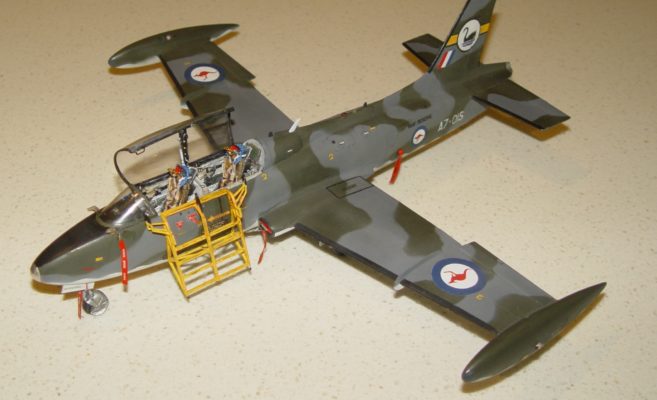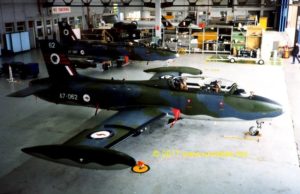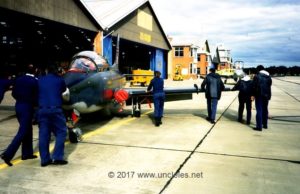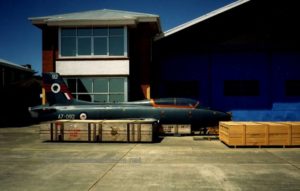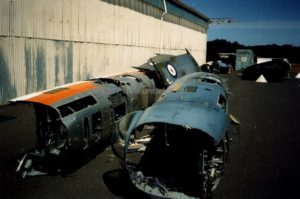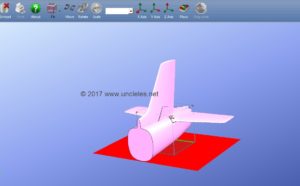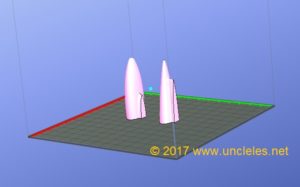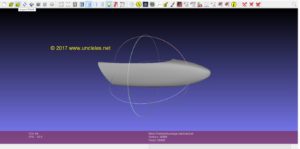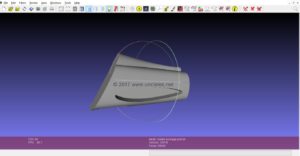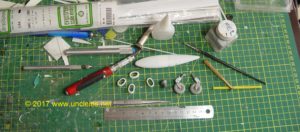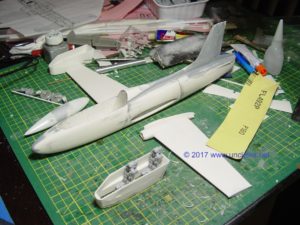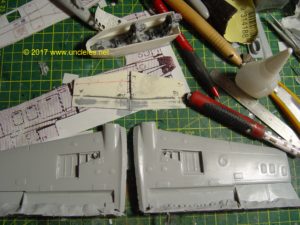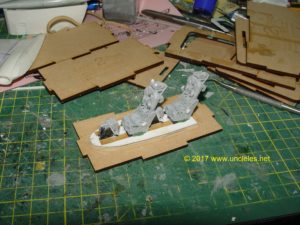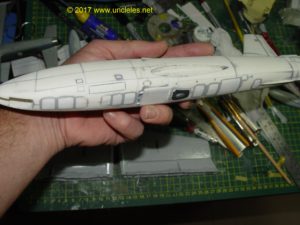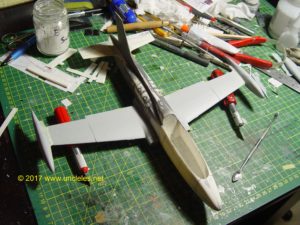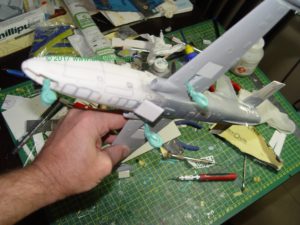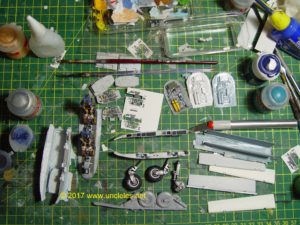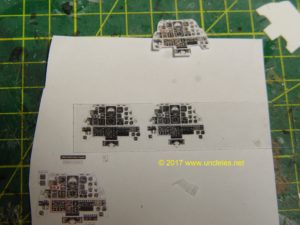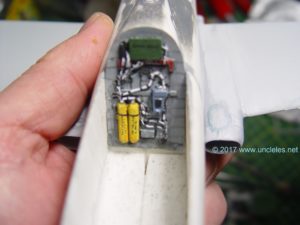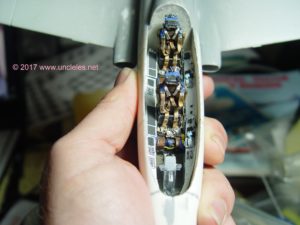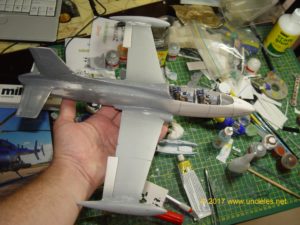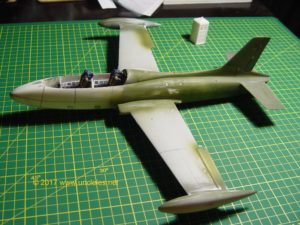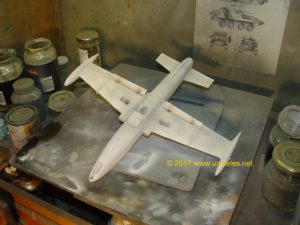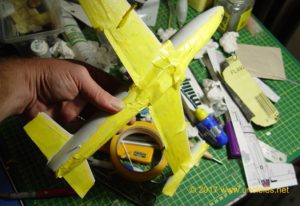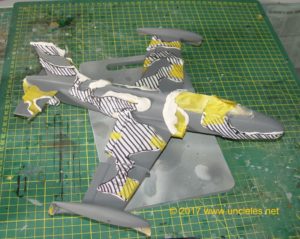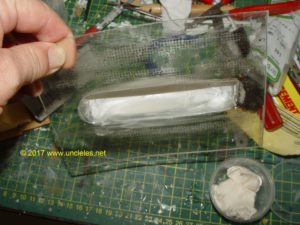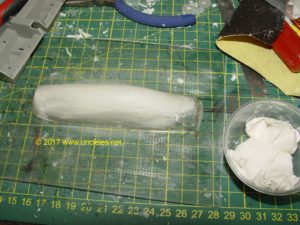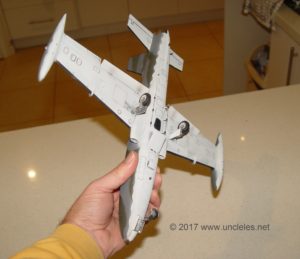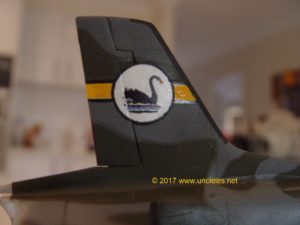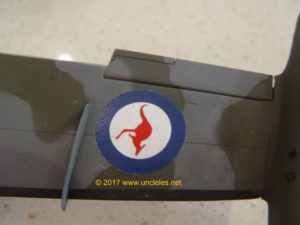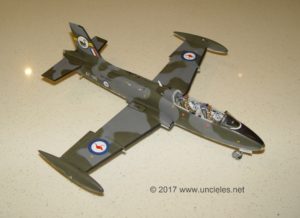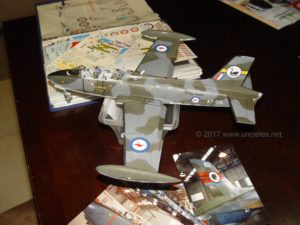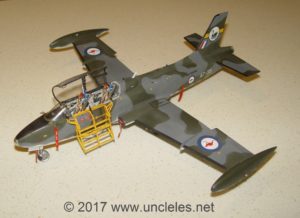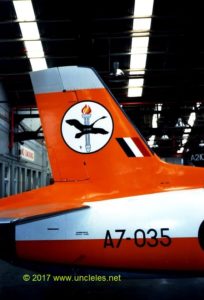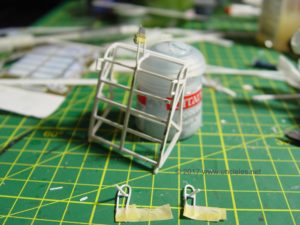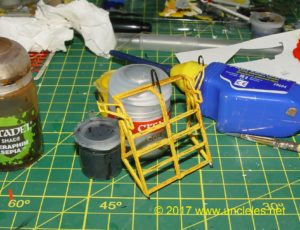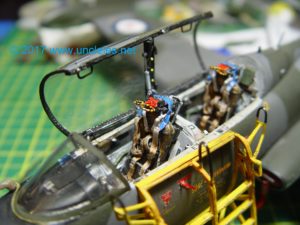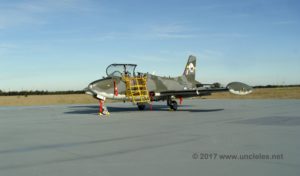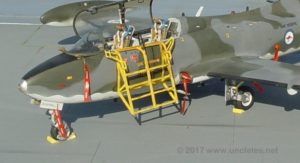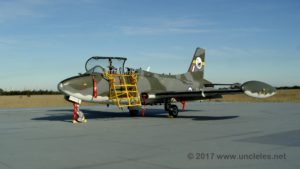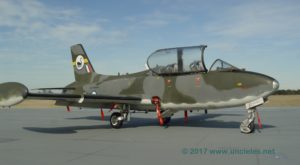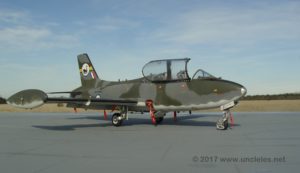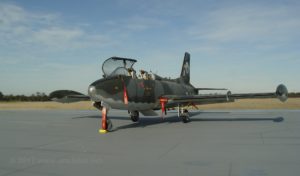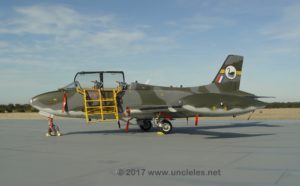After a couple of weeks of building, a couple of months of designing and casting, a couple of years of preparation and a couple of decades saying I’m gonna do it – I finally did it !
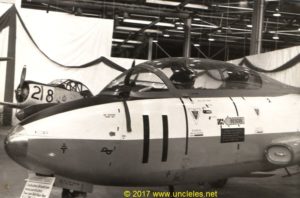 My first exposure to the Macchi was as a cadet back in the late ’70s and here’s a photo of A7-011 taken at CAC in 1978 by a very good friend of mine – Chris Trott – whom I dedicate this model to. As a cadet the first thing we learned was that the valves on the tip tanks provided something we could soak our rags in to effectively remove the oily mess underneath when assigned to clean the aircraft. It was quicker than returning to the stores to keep replenishing the solvent we were using….
My first exposure to the Macchi was as a cadet back in the late ’70s and here’s a photo of A7-011 taken at CAC in 1978 by a very good friend of mine – Chris Trott – whom I dedicate this model to. As a cadet the first thing we learned was that the valves on the tip tanks provided something we could soak our rags in to effectively remove the oily mess underneath when assigned to clean the aircraft. It was quicker than returning to the stores to keep replenishing the solvent we were using….
Anyhow….
A few years later when men were men, the airman’s mess wasn’t run by contractors and fixed wing aircraft still flew out of RAAF Williams Laverton, a young reservist instrument wrangler began the process of gathering data with a mind to create a model of an aircraft that he was working on. ( I’m talking about me if you hadn’t already guessed..)
I had already built a 76 Sqn example using the 1/48 ESCI kit, and a little later built a 1/72 Aeroclub model depicting a Macchi from 25 Sqn, both in the familiar grey/green camo using information from the Stewart Wilson publication and those that I had worked on or found laying around (see below….)
Finally this year I actually got around to scratch building the 1/32 version and I used both old school and modern techniques as you will soon see.
The plans were rendered in 3D with the assistance of Ian Shillingford, my go to guy for things digital, and the results were tweaked by myself to create a set of workable files to print in ABS on my 3D printer.
Here’s an idea of the beginning of the process
As I started to print off sections I would compare with plans, adjust using normal modelling techniques and slowly work the model towards a finished product. I built the initial model as a test run to examine what I consider to be the best parts break-down and this model exists as sections of ABS. I figured rather than just build one which would take no time at all, I would endeavour to build this with a production run in mind. To this end I set about creating parts, casting in resin, testing them, then moving on.
I started with making peripheral parts, undercarriage from old school plastic carving, wing tanks from a 3D print, intakes, cockpit tub etc The wings were 3D printed in two sections, joined and then worked on as you would a standard kit, scoring, sanding etc. The tail sections started life as a single piece but evolved after two sets of test moulds to become separate pieces. ( Not everything prints as you want it to )
The results were then cast in RTV and copies were made. You can see the results of the wing moulds here, and I was happy with that result so they became the production parts. The cockpit for what I will call the prototype ( the model you see below) was done as a tub but I will change that for the production version with that detail being added to the sidewalls of what will be two front fuselage halves ( I’m thinking Impala down the track..)
Remember that using this 3D printing technique there is a lot of work sanding down and preparing the surface to remove any trace of striation ( look it up) and then building it back up with surface detail. That’s where the old school techniques come in handy.
More parts were cast, more mistakes were made and doing it this way enables me to mend errors with fresh pieces rather than screwing up a single master. For example, for the first set of wingtip tanks I had erroneously made the wing fairing 2mm too far back. I just simply made another set sans fairing and worked on those – a couple of years ago I would have cursed myself for screwing up a master and then repaired the original.
I made a sheet of decals ( if you want to read a related story about this go here ) for the instrument panel and my original thought of applying behind a sheet of clear plastic behind a drilled out opaque panel was abandoned as the decals looked better just applied over the top of an embossed surface. ( IMHO)
I’ve yet to work out exactly how I’ll present the production version but that’s a minor worry.
The rear wall ( as seen above) came out well so that’s a keeper for future efforts !
Around about now I started to work on the exterior with flaps, ailerons and empennage in place and so it was time to visit the paint shop once the wing fences went on. I chose not to include a gunsight in the cockpit as that was more a 76Sqn thing, also there’s no internal hood bow as that’s more a 2OCU thing. We reservists like to keep it simple which is pretty much why I modelled this 25Sqn example before I move on to the next one !
The lower section was painted light grey – or more correctly a series of shades of light grey to lend a “used” look to the undersurfaces
The top was airbrushed dark sea grey, masked with ol’ rolled blue-tac method and a coat of suitable OD was applied. I used Revell 42 for this as it’s close to what I want to achieve. A canopy was vac-formed using the master from my CA31 kit (no longer in production – more here ) and the reason it looks all white here it that it is getting polished using smoker’s toothpaste. ( another handy hint – you’re welcome ! )
The coaming and detail work was just fine solder, plasticard and wire.
After the paint was dry I stuck on the undercarriage, dolled it up with some plasticard and rod and set about applying the decals I had made,
All the decals with the exception of the A7-015 serial and selected stencils were printed on an OKI laser printer on both white and clear decal sheet. I did the graphics for the model a couple of months ago and made enough decals to cover either a Fanta can or this 25 Sqn example depending on what my whim was when I finally made the model. The one decal I didn’t make was the zapped 2OCU swan that may or may not have happened one Saturday in the early’90s…… It’s subtle but if you look really closely you’ll see evidence of where the R1/R2 got done…
I then worked out the dimensions of the ubiquitous Macchi ladder and whipped one up in plasticard.
Here it is in place. I’ll probably stick it down at a later date.
..and there it is – I finally built my 1/32 Macchi. I fully expect to be making more but here’s where I need information. I need to know whether a kit is a viable thing and whether or not if I can get a reasonable return on investment if I proceed to manufacture production moulds towards the creation of a series of kits.
So, if you’ve got this far and think you’d be interested in obtaining a 1/32 scale resin kit of the MB326 please use the contact form and let me know – there’s no obligation, I’m just seeking an idea of numbers of interested parties. I will update here as we move forward.
Meanwhile – here’s some pictures I took of the model in its element.
Cheers !

